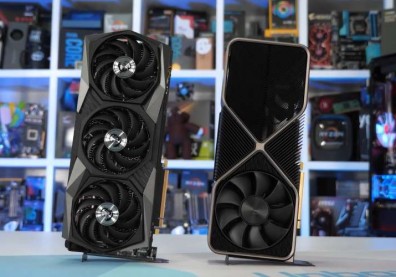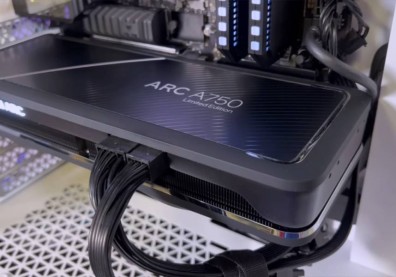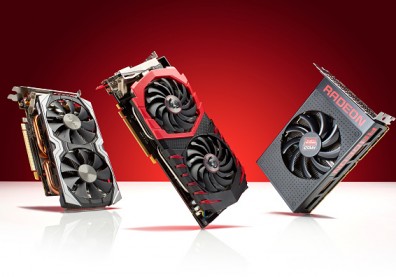Graphics card names to the untrained eye might look like somebody just took a bunch of random letters and numbers, smushed them together, and made them official. But they tell you far more about the performance of the graphics cards than you think.
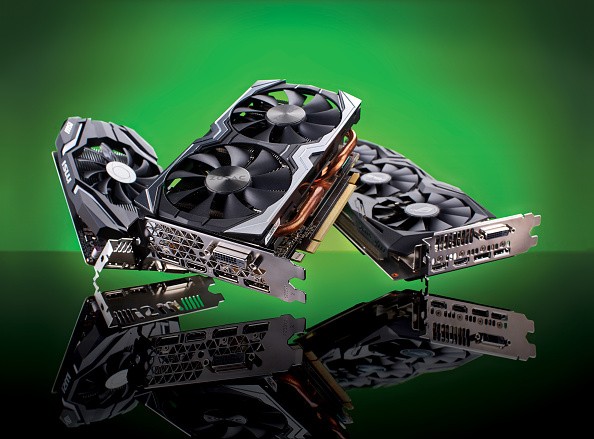
A group of graphics cards, including (L-R) an MSI GeForce GTX 1050 OC 2GB, Zotac GeForce GTX 1060 AMP Edition 4GB and an Asus GeForce GTX 1070 Strix OC Edition 8GB, taken on January 20, 2017.
In this guide, you will learn what all those letters and numbers stand for-GTX, RTX, RX, etc-and why they actually matter when buying a new graphics card for gaming. So without further ado, let's begin!
NVIDIA GPU Series: RTX, GTX, And GT
To start, let's go with NVIDIA. We're going to focus on the modern GPU series from Team Green released from the 2000s-onwards.
There are two main branches for modern NVIDIA graphics cards: GTX and RTX. GTX has been the main series name for GeForce cards intended for gaming since 1999, but the company stopped using the nomenclature by 2018. As such, anything that says GTX is designed for gaming, though there are still performance tiers under it, which will be talked about later in this article.
As for RTX, this is the name given to modern NVIDIA GPUs starting three years ago. They are also designed for gaming but are far more powerful in terms of performance than older GTX cards.
RTX is different from GTX because it means that the cards have ray-tracing capabilities (hence the RT), according to tech YouTuber David Klimavich. Ray tracing deserves its own explanatory article, but the gist is that RTX cards offer far more realistic-looking graphics by rendering shadows, lighting, and reflections similar to how they look in real life. RTX is considered "next-gen" and far superior in visuals to GTX.
There is a far lower tier than GTX, however: GT. These non-GTX cards offer weak to non-existent gaming performance, making them only useful for building something like a Netflix box or home theater PC. That's it. Avoid GT series cards if you want to play games at decent frame rates and resolutions.
Read also: RTX 3080 Prices 'Drop Off A Cliff' In Australia Overnight--Global Prices Expected To Follow Suit
AMD GPU Series: R3, R5, R7, R9, RX
On AMD's side, you have five modern GPU series: the R3, R5, R7, R9, and RX, by ascending order of newness. As much as possible, you'd always want to go with at least an R9 graphics card if you want to play games (modern games, specifically).
That's because anything from the R7 series and below is like NVIDIA's GT series: not good enough for gaming, but perhaps good enough for home theater PCs. The worst performance will be the R3 series, but this is often found on laptops, so it's not like you're going to be buying these by accident.
Number Schemes For AMD And NVIDIA
Now, let's go to the numbers. Both NVIDIA and AMD group their graphics card releases by performance tier, and the numbering scheme indicates this. Aside from the performance, the numbers also indicate the graphics card generation, according to ITIGIC.
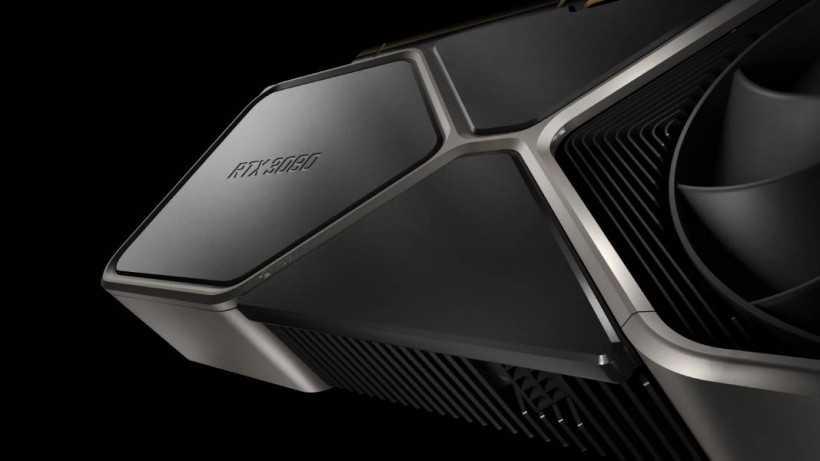
rtx 3080 render
Prefix number: The prefix number indicates the generation/series the graphics card is from. The higher the prefix, the newer the card is. For example the GTX 970 has a nine at the beginning, indicating it is from the 9 or 900 series. The RTX 3080 has a 30 at the beginning, meaning it is from the 30 or 3000 series.
Suffix number: The suffix number indicates the GPU's performance tier. The higher the number, the faster the card is.
- 10 or 30 means weak tier. (i.e. GT 710, GT 730, GT 1030).
- 50 means entry-level tier (i.e. GTX 1650, GTX 1050, RTX 3050, GTX 950).
- 60 means above entry-level/mid-range tier (i.e. GTX 960, RTX 2060, GTX 1060, GTX 1660, RTX 3060).
- 70 means mainstream tier (i.e. GTX 970, GTX 1070, RTX 2070, RTX 3070).
- 80 means high-end tier (i.e. GTX 1080, RTX 2080, RTX 3080).
- 90 means enthusiast-level tier (i.e. GTX 690, RTX 3090).
AMD Prefixes And Suffixes
AMD's prefixes and suffixes work similarly to NVIDIA's. The prefix also indicates the generation, and the suffix indicates the performance tier.
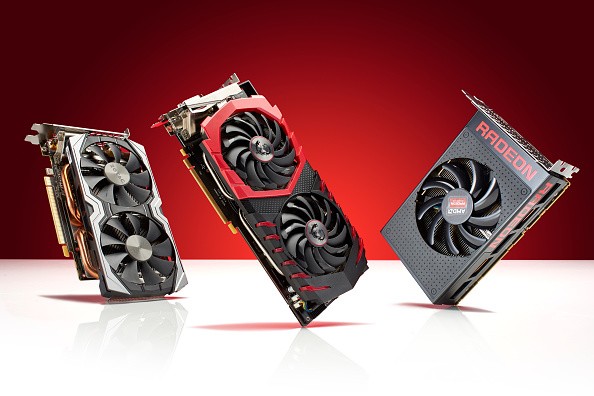
A group of PC graphics cards, including (L-R) a Zotac GeForce GTX 1060 AMP Edition, MSI Radeon RX 470 Gaming X 8G and an AMD Radeon RX 480 8GB, taken on July 22, 2016.
Prefix number: The prefix indicates the generation or series the card is from For example: The R9 280X has a 2 at the beginning indicating it is from the 200 series, which is much older than the RX 480 which is from the newer 400 series.
Suffix number: The higher the number, the faster the GPU is. For example, The RX 6600 XT is faster than the RX 6500 XT because it is from the -600 tier, while the 6500 XT is from the -500 tier.
- 40 means weak tier (i.e. R7 240)
- 50 or 500 means entry-level tier (i.e. R7 250, RX 550, RX 5500)
- 60 or 600 means above entry-level tier (i.e. R9 260, RX 560, RX 5600 XT)
- 70 or 700 means mainstream/mid-range performance tier (i.e. R9 270, RX 570, RX 5700 XT)
- 80 or 800 means high-end tier (i.e R9 280, RX 580, RX 6800 XT)
- 90 or 900 means enthusiast-level tier (i.e. R9 290, RX 590, RX 6900 XT)
Ti, XT, GeForce, Radeon
Ti is NVIDIA's way of separating two cards of the same generation and tier in terms of performance. For example, an RTX 3080 is slower than an RTX 3080 Ti. XT works the same for AMD, like how the RX 6700 is slower than the RX 6700 XT (via CGDirector).
As for GeForce and Radeon, these are the two umbrella terms that Team Green and Team Red put their gaming graphics cards under. Almost anything labeled GeForce or Radeon is intended for gaming.
Related: 'Star Wars Eclipse' Is NOT Delayed, Quantic Dream Confirms
Story posted on GameNGuide
Written by RJ Pierce





